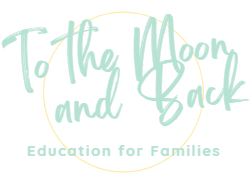One of the unique things about a Montessori education is the unique design of the classroom. There are areas within the classroom that become comfortable and predictable for the child. Each space has its own design and functionality, part of the Montessori Method. You can easily set up your learning space at home similarly to get the same effect. Montessori work is not always done sitting at a table. In fact, children are encouraged to do most work on the floor, where their bodies can move freely as they learn. I recommend having both available if you can.
There are a million great books and blogs out there that will teach you all about the Montessori Method. I am not here to give you those hard facts. I want you to know you can have the same thing at home. Intention is key! If you intentionally create jobs or activities for your child that would belong in these classroom areas, then you’re already there.
Language
This is the space where the foundation of reading begins. As discussed in my other blogs, the youngest start with flashcards and figurines- tangible objects with clear pictures and faces to ensure they are exposed to as natural objects as possible. As children grow, their language work will change to 3 part cards and phonics activities. All you need to remember is to create jobs that expose your child to words, phrases, and nature. They will develop foundational skills from the exposure to this work. Always have at least 1-3 language jobs for each theme.
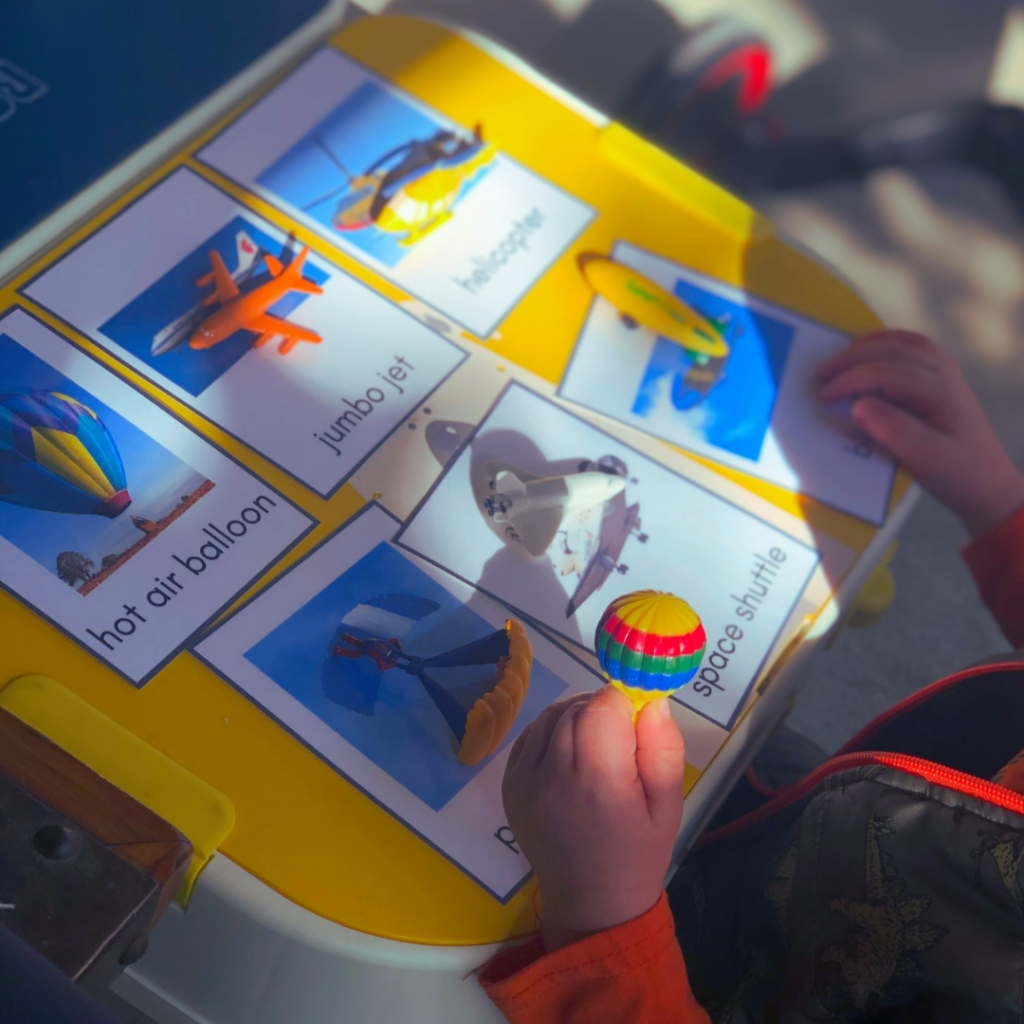
Classroom materials you might find here include the moveable alphabet, sandpaper letters, metal insets, and object boxes.
At home, your materials can look the same! These are excellent materials you can get online. However, you can also print flashcards and three-part cards, use a sand tray with printed and laminated cards, and make your object boxes. I have created a Language Amazon List to inspire you. Printable cards are available in my shop to print and laminate at home.
Math
Teaching your child math is not as complex a task as it might seem. In a classroom, they will have all sorts of materials that expose them to numbers, values, and counting. The bead material for this work is beautiful. They don’t need Montessori materials to learn numbers- just similar concepts. While the bead material is stunning, you can do similar things at home to teach the same thing. For instance, print number cards according to the theme and find an object to count for each number. Cards with a beehive, a number, and some bee erasers will do the trick during Spring or bee-themed months. Make sure to have 1-3 math activities available at all times.
Classroom materials include cards and counters, a hundred board, sandpaper numbers, and the spindle box. These are also available online.
You can make your own numbers and counters at home in many different ways (I have included many in my curriculum). You can print almost all the original Montessori materials or create them with markers and paper. You can also use a sand tray and number cards (like Language above). Here is my Math Materials Amazon list for some ideas.
Practical Life
I have already posted an entire blog on what Practical Life is and how you can (and probably already do) implement it into your daily lives. In short, Practical Life is the daily tasks- laundry, dishes, serving and making food, cleaning, and hygiene. You can encourage your child to get ready alongside you every day. They can and want to help with the daily tasks. They can do activities to build skills in controlling their bodies and motor skills as well- lacing cards, pouring, scooping, and transferring objects like beans or pom poms, using stickers, and sorting items by size, color, shape, or theme.
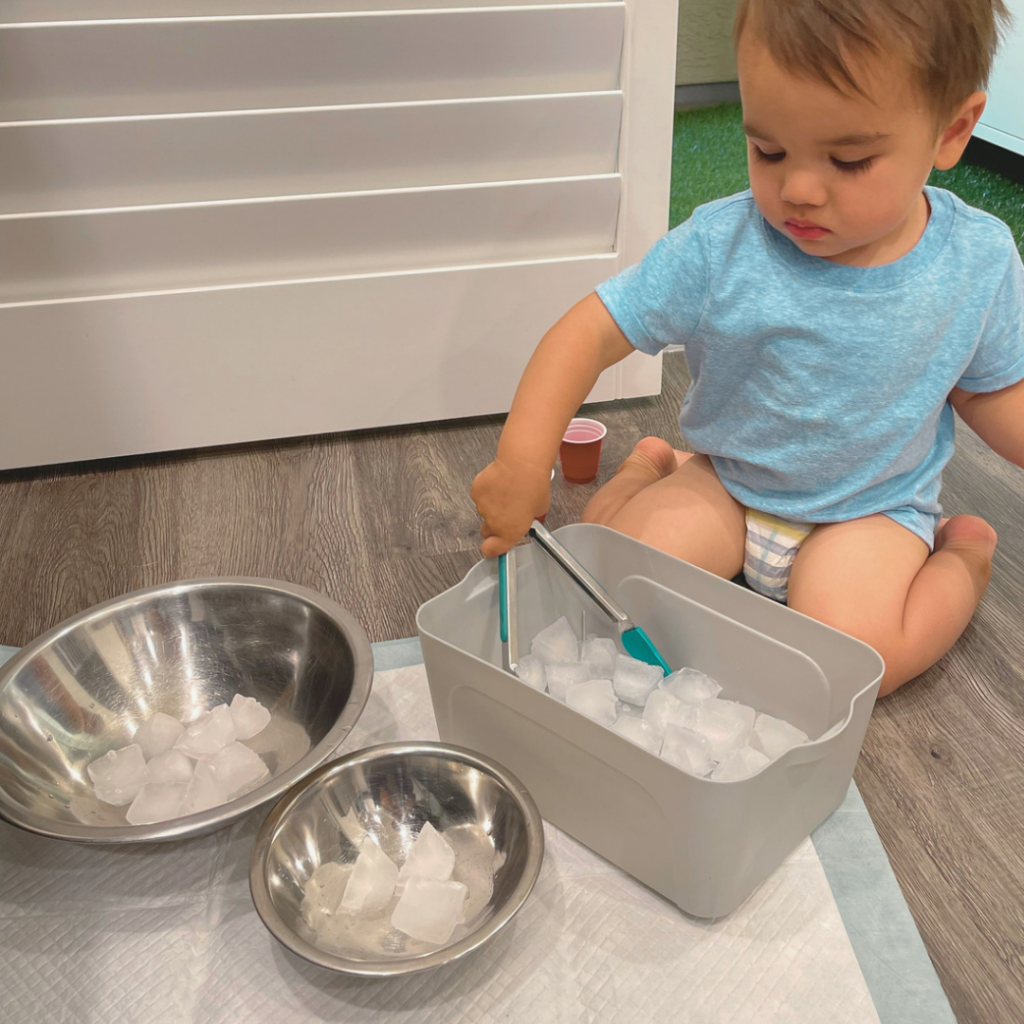
Montessori classrooms will have beautiful displays of the activities listed above with matching sets on trays with handles.
At home, you do not have to have any of that. Just let your child get involved, be responsible for their own space, and allow them opportunities to care for themselves and their home. Of course, if you’d like these beautiful sets for your child to use, I will not tell you no. I also made it easy for you to find some Practical Life Must-Haves and Practical Life Jobs on Amazon.
Sensorial
Sensorial is teaching with the senses. Most of the Montessori method is sensory-based. The Sensorial area is a specific section in the classroom that caters to just teaching about the senses.
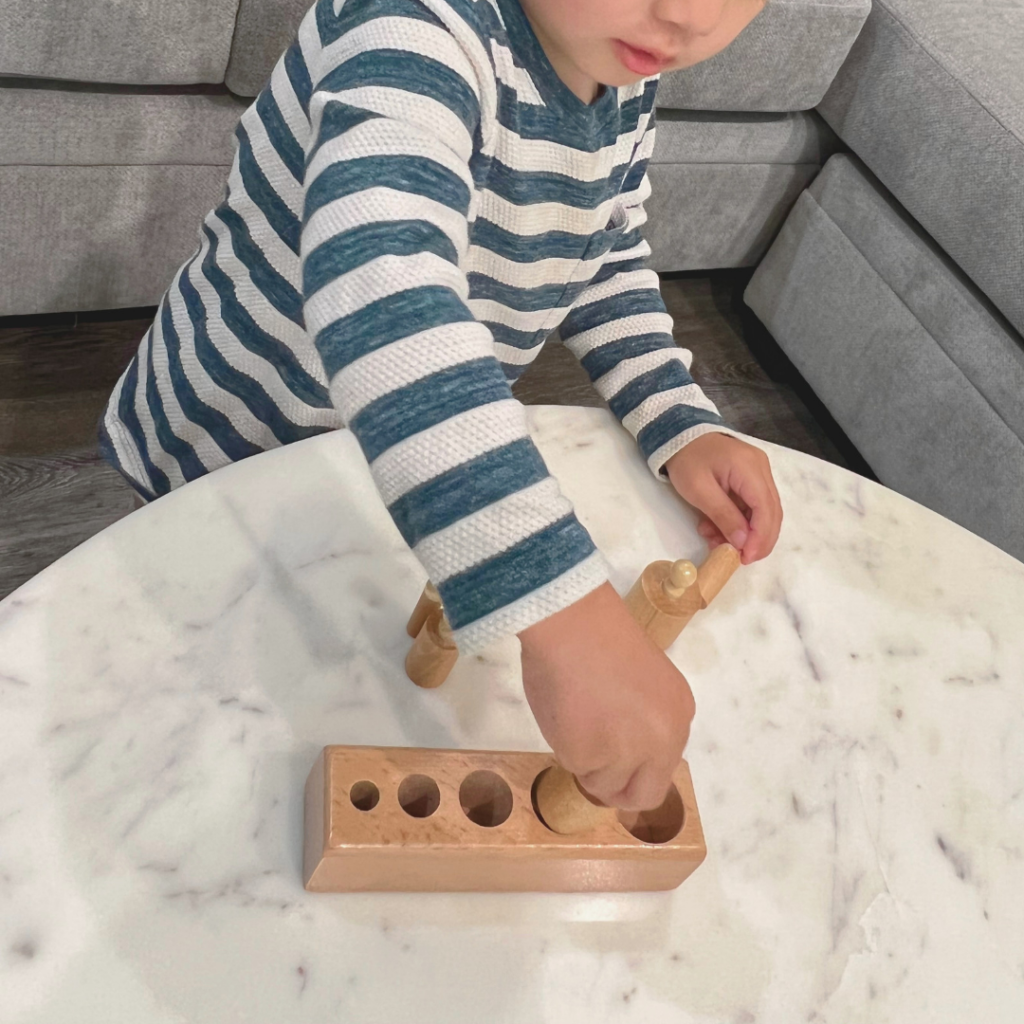
Montessori classrooms have smelling jars, sound cylinders, knobbed cylinders, color tablets, baric tablets, brown stair, pink tower, and many more. They are meant to teach the child how to distinguish differences in how they use their senses. They learn to discriminate between size, shape, temperature, weight, dark vs. light colors, and textures.
Your home can have all of these- and probably already do! Stacking toys like the pink tower or the brown stair can go from large to small. Temperatures can be found in the kitchen. Textures can also be found in the kitchen or anywhere they feel different fabrics. Color discrimination can be taught with paint sample cards. Again, I have compiled a list of Sensorial Jobs on amazon to get you started. These can replace (and look similar to) the Practical Life jobs in your learning center, which can happen in different areas of the house.
Cultural
This space in the classroom is where all things science and worldly exist. It is where they can learn about animals, the continents, the water cycle, the weather, and the different cultures of different people around the world. This part of the classroom opens the door to life outside of their current world. This is the basis of my curriculum. Every theme stems from a subject from this area of the classroom, and the other areas of the classroom reflect the same theme, so they can connect the lesson as a whole concept.
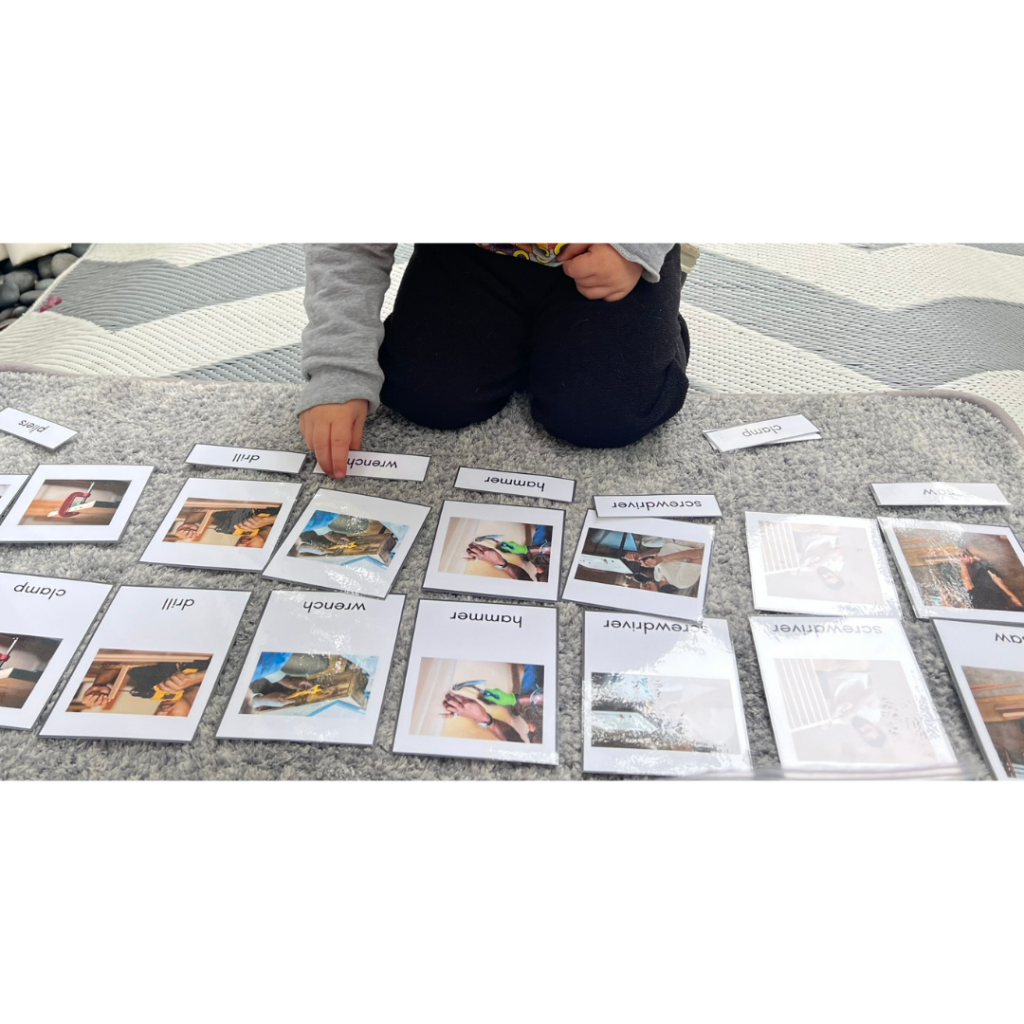
Montessori classrooms are big on puzzles and three-part cards to explain most of these topics.
Again, three-part cards are something you can print, laminate, and cut at home. If you can make puzzles, that’s amazing! If not, there are millions to choose from. Luckily, I include all of these on the materials lists in my curriculum!
Some other notable places in a Montessori Classroom that I do recommend you create at home:
- Comfortable reading space
- Peace table/ area
- Ample open rug space for working on the floor
- Aable space
- Bathroom space with everything accessible to them
- Art area
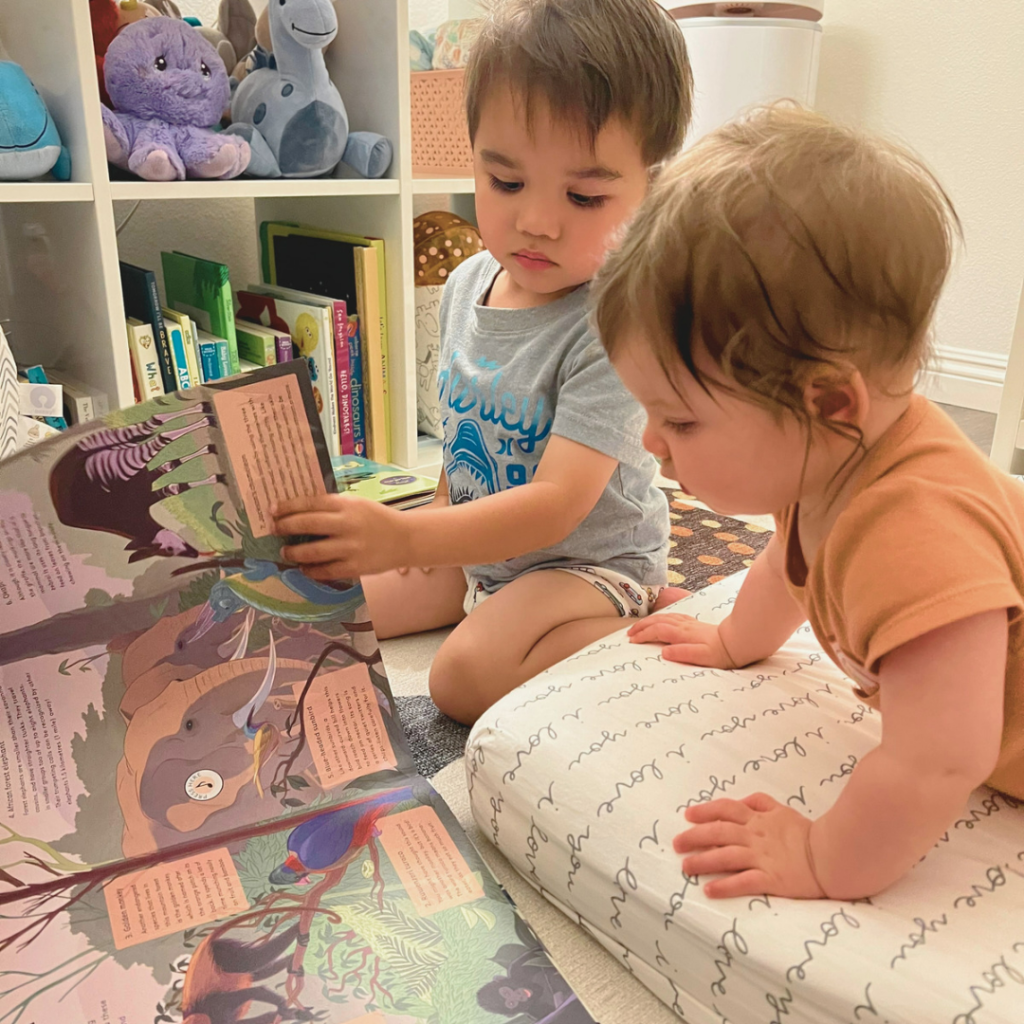
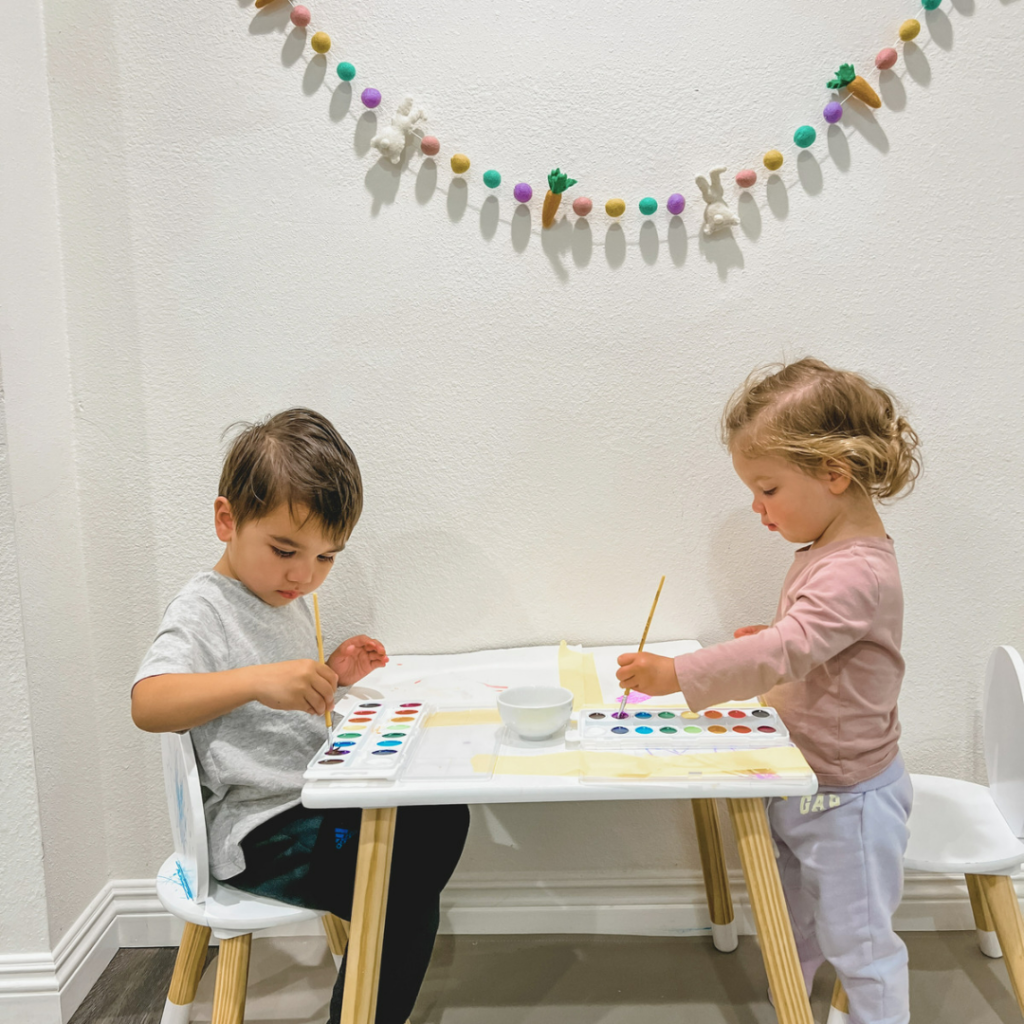
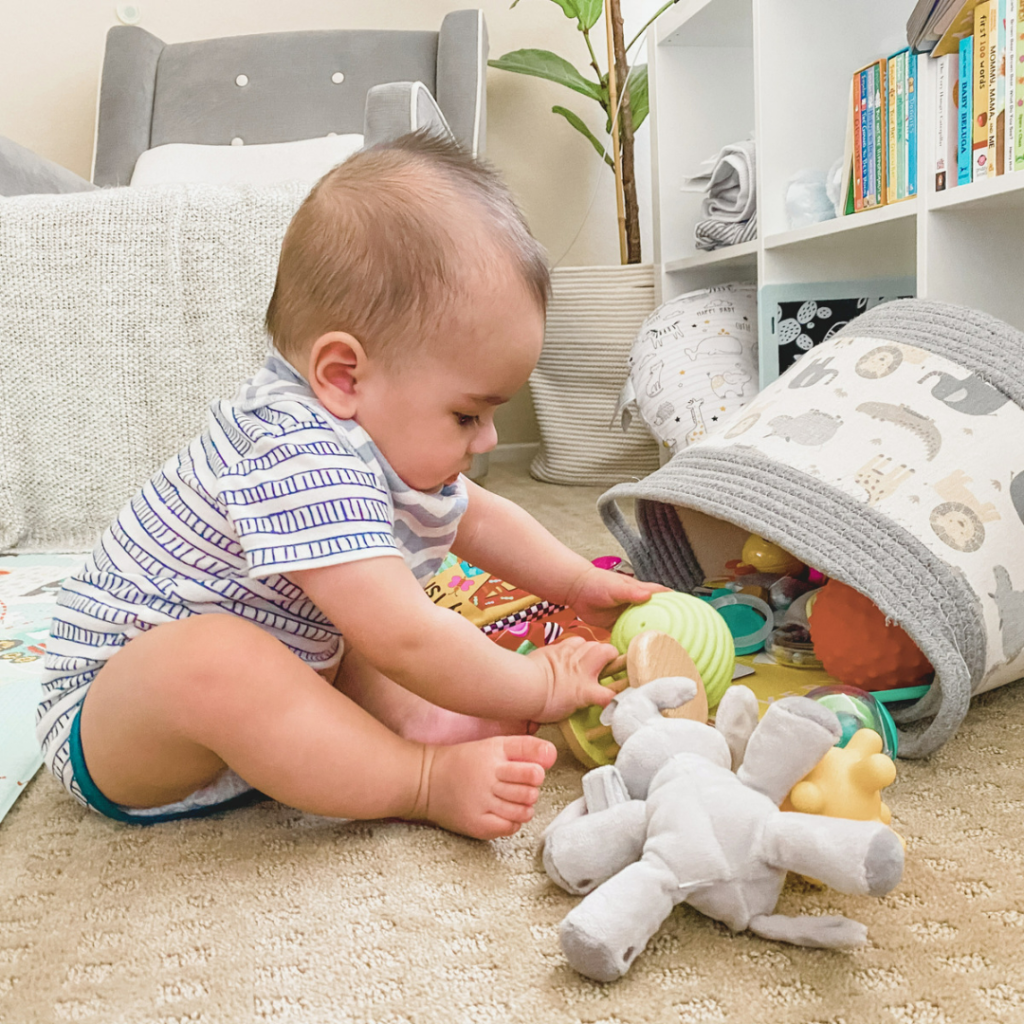
These are great spaces to have available or to create on the fly. You do not need separate spaces in your home to include all these areas. They can share the space (work, reading, peace space on the rug) and be stored away, able to be pulled out at the ready (art and bathroom things).
This is just a brief description of things. I encourage you to go search for more information on the Montessori Method. I post about different ideas on Instagram as well. Feel free to email me with any questions about incorporating your space. Remember, this doesn’t need to be complicated. Have fun, and always look for those teachable moments.
